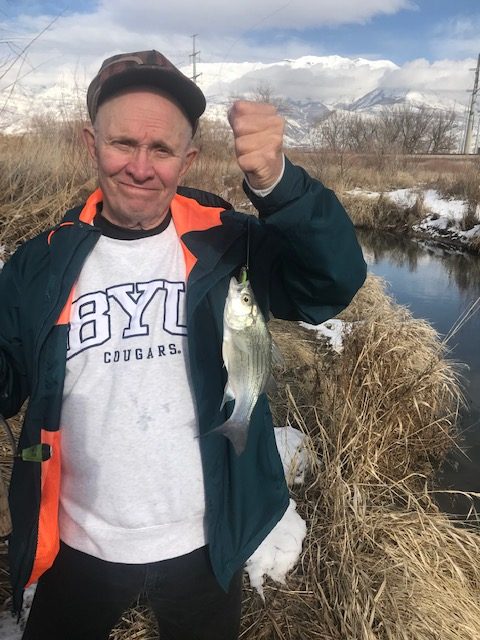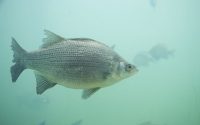Why Invent New Lures?
From time to time (as I look at my garage full of lures and baits), the realization hits me that tackle companies keep themselves relevant by designing, manufacturing, and marketing hundreds of new lures, baits, and ancillary products each and every year. Are new lures necessary? And, even more to the point, will they really help us catch more fish?
The short answer is … YES, to both questions. The longer answer is the topic of this column.

Match the Hatch
The key to catching fish is to “match the hatch” which means to imitate what fish eat. In the case of flies, there might be 20 ways to tie a wooly bugger, including materials used, color, size, weight, etc. If you were to consider all the flies in a tackle shop, you could easily understand how just a little tweak (a different hackle, a smaller tail, a brighter color or something even more subtle) might make the fish go crazy in certain conditions, while letting the fly pass by on other days. The same is true for tackle companies, and most lures and baits.
In the race for market share, tackle companies build on past successes to create new and exciting products. Yes, some of the products look as if they were created to appeal more to anglers than fish, but for the most part, every new product is an attempt to either imitate exactly what fish eat or in some circumstances, imitate a lure or bait already proven successful by competing companies. It’s like “generic” products sold by discount retailers. At times, the generic product works just like the originals, but then again, sometimes the generic forms just aren’t the same.
For this discussion, allow me to take a new product (mentioned a few times in the last year or two) and see how game-changing lures develop.
Meet the Ned Rig
The “Ned Rig” is perhaps the most exciting new product to hit tackle store shelves in the past decade. It is a small, soft plastic “stick bait” that threads on a “ShroomZ” (mushroom-style) jig head. Originally produced by Z-Man Fishing Products, it has taken over the market for grub-style, finesse fishing due to two specific features: the size of the weighted hook, and the buoyancy of the bait.
Z-Man uses a soft plastic called “ElaZtech” which is unbelievably strong, elastic, durable, and buoyant. With the tiny mushroom head, the bait falls slowly to the bottom and stands straight up (the head down and the bait up towards the surface). Then, literally without doing a single thing (by the angler) the lure is located and eaten by whatever fish happen to be in the area, including trout, bass, blue gills, crappies, walleyes, you name it. And, anglers have reported catching 100s of fish on the same lure.
BUT, as in most popular lures, supply became a problem. There were few if any of the original “Ned Rigs” on store shelves. That shortage led to “competition.”
Pretty soon, other companies that produce similar “worm” or “stick” baits such as Senkos (made by Yamamoto Baits) began suggesting anglers cut Senkos in half, thus imitating the shorter “look” of the bait even though they may not have been able to make them float up from the bottom. These companies began eating into the market controlled by Z-Man because with the “generic” version came more inventory and many times more color choices.
Now, just a couple of years later, a handful of great companies have created their own versions (including buoyant plastic) of the “Ned Rig” along with innovative variations on the “ShroomZ” head.
This is how markets work. New products come along and eat into the market once dominated by just one manufacturer. And, the real winners are you and I. We get to choose between the original and the generic, and in the process, prices generally drop as competition increases and we spend less … for more.
So, don’t be afraid to try a new lure, color, or size, because at the end of the day the fish will let you know what THEY want to eat … as they should.










